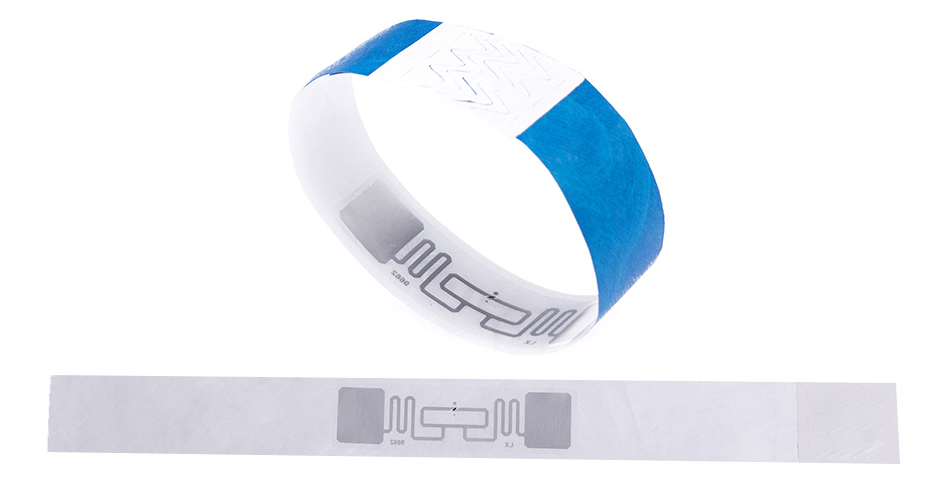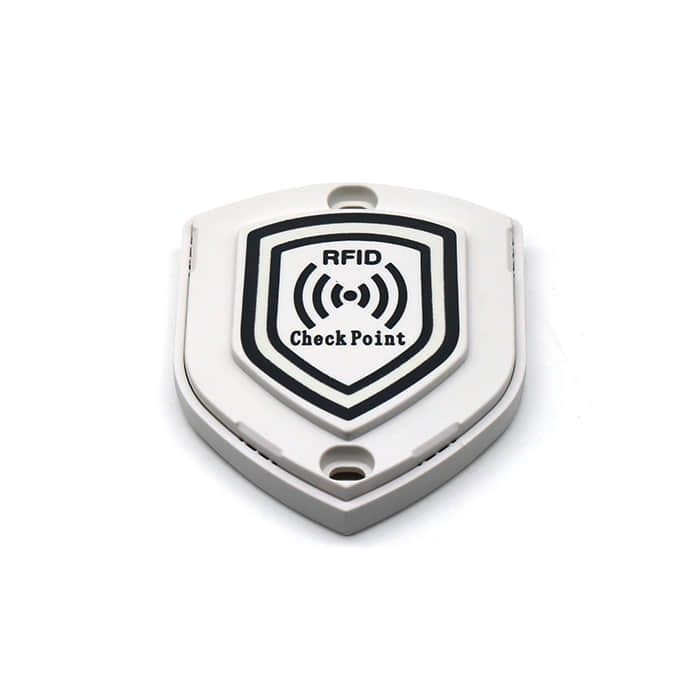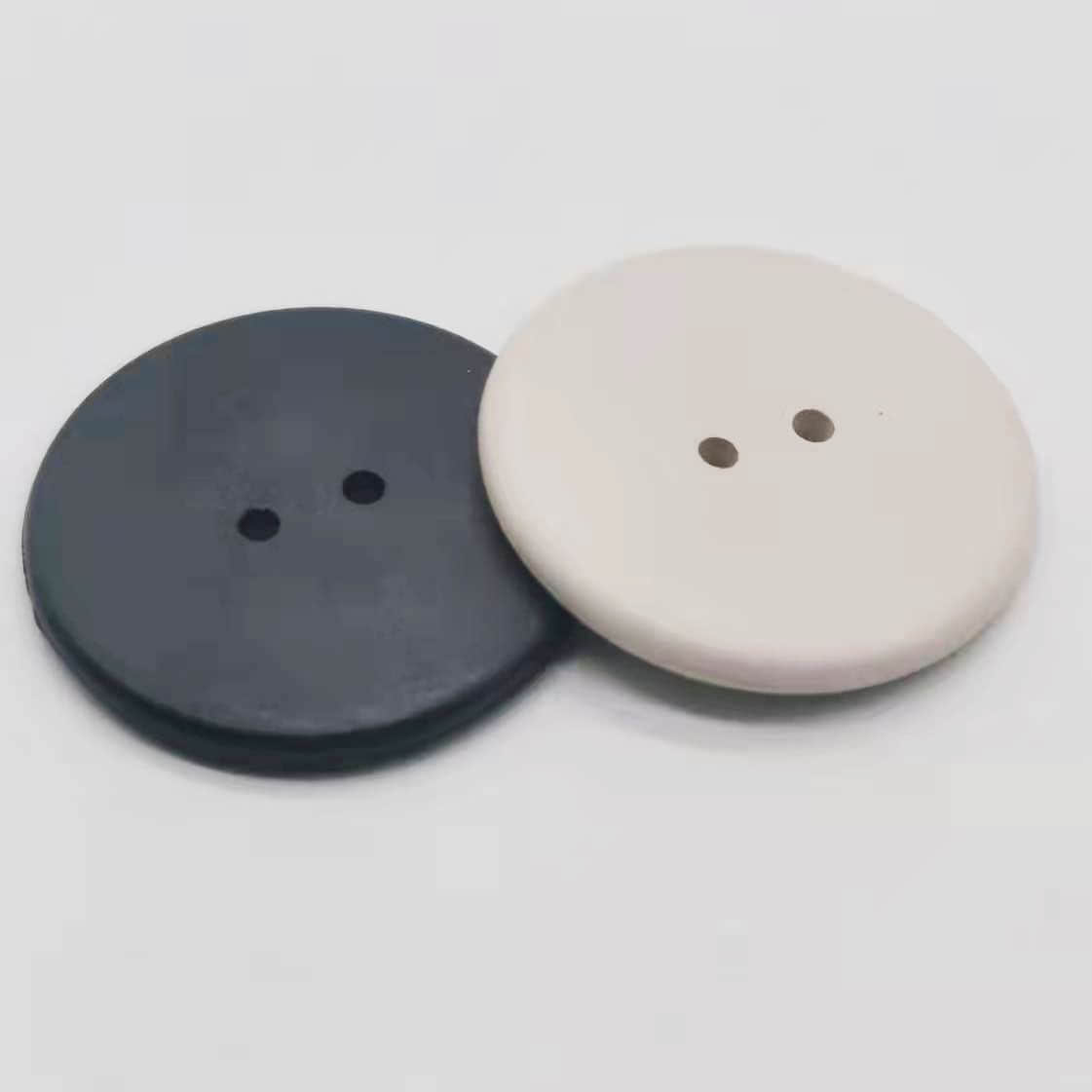Asian ‘killer hornets’ invade the US
Bryan, Wash. — In his decades of beekeeping, Ted McFall had never seen anything like it.
Last November, when he drove his truck to inspect a group of beehives near Custer, Washington, he could see swarms of dead bees on the ground from his car window. As he got closer, he saw a large pile of dead colony members in front of a beehive with many more dead bees inside – thousands of bee heads and bodies ripped apart but not visible what killed the bees.
“I can’t imagine what made this result,” McFaul said.
Entomologist Chris Rooney has a dead Asian hornet on his jacket in Blaine, Washington. The queens of this bee can grow up to five centimeters long, and they can destroy a hive within hours.
It wasn’t until later that he suspected the killer was what some researchers call a “murder hornet.”
The queen bee, called the Asian hornet, can grow up to five centimeters long, and the worker bees can use their pointy shark-fin-like upper jaws to destroy a hive in a matter of hours, decapitate the bees inside, and fly with their breasts Go and feed their offspring. The hornet’s way of dealing with a larger target is to use a powerful venom and a stinger – a stinger long enough to pierce a beekeeper’s suit, a combination that is extremely painful for the stinger, which victims describe as hot metal piercing the skin .
In Japan, up to 50 people are stung by bumblebees every year. Now, for the first time, the bumblebee has come to the United States.
McFaul is still not sure the Asian hornet is to blame. But two of the predatory insects were spotted last fall in the northwest corner of Washington state, a few miles north of his home, for the first time in the United States.
Since then, scientists have embarked on a sweeping hunt for bumblebees, fearing that the invaders could kill large numbers of American bees and establish a strong foothold in the United States, dashing any hope of eradicating them.
“This is our silver lining opportunity to stop bumblebees from getting a foothold here,” said Chris Looney, an entomologist with the Washington State Department of Agriculture. “If we can’t do that in the next two years, we probably won’t be able to stop them.”
On a cold morning in early December, about four kilometers north of McFall’s home, Jeff Kornelis and his mixed-breed spaniel set foot on the front porch of his home. He looked down at a startling sight: “This is the biggest hornet I’ve ever seen.”
The insect was dead, and upon closer inspection, Cornelis had a gut feeling that it might be an Asian giant hornet. It’s a little weird considering his family’s location in the world, but he’s seen a video of YouTube celebrity Coyote Peterson being stung so hard by a hornet.
In addition to its large size, this bumblebee is also unique in appearance, with a fierce cartoon-like face, eyes like the tear-shaped eyes of Spider-Man, orange and black stripes like tigers, and small dragonflies. Such wide, slender wings.
Cornelis contacted the state government, and someone from the government confirmed that it was indeed an Asian hornet. Soon after, they learned that a local beekeeper had also spotted a bumblebee.
Rooney said it was immediately known that Washington state was facing a serious problem, but seeing only two insects and the approach of winter made it nearly impossible to determine how well the bumblebee had established a local foothold.
Throughout the winter, the state’s agricultural biologists and local beekeepers have been preparing for the upcoming season. Beekeeper Ruthie Danielsen, who helps organize her fellow hornets, spreads out a map on the hood of her car showing beekeepers across Whatcom County Where bee traps are set.
“Most people are afraid of being stung by them,” Danielson said. “We are concerned that they will completely destroy our hives.”
On the other side of the border in Canada, some Asian giant hornets have also been found, adding to the uncertainty and mystery of the problem.
In November, a hornet was spotted in White Rock, British Columbia. It’s a mile or 20 miles away from where the bumblebees were found in Washington State—a distance that makes it unlikely they’re from the same colony. Even earlier, a hive was found on Vancouver Island on the other side of the strait, and crossing such a wide strait from the mainland was unlikely for bumblebees.
Workers tracked down the hive on Vancouver Island. Conrad Bérubé, a beekeeper and entomologist in Nanaimo, was tasked with eradicating it.
He sets out at night, when the hornets will be in the nest. He put on shorts and thick sweatpants, then a one-piece bee-proof suit. He wears braces at his ankles and wrists.
But approaching the hive, the rustling of brushes and the light of a flashlight woke the colony, he said. Before he could release the carbon dioxide, he felt a burning sting in his leg for the first time—through the bee-proof suit and the sweatpants underneath.
“It was like sticking a red-hot pushpin into my flesh,” he said. He was stung at least seven times, some with blood.
Jun-ichi Takahashi, a researcher at Kyoto Sangyo University in Japan, said the species has earned the nickname “killer bee” in Japan because its ferocious group attacks can expose victims to venomous snakes. In the same dose of venom; a series of stab wounds can be fatal.
The night Berub was stabbed, he still managed to clear the hive and collect samples, but the next day, his legs were sore, like he had the flu. He said the Asian hornet was the most painful in his working life of being stung thousands of times.
After the hornet was collected in the Blaine area, state officials removed part of the hornet’s leg and sent it to an expert in Japan. Also sent were samples from Nanaimo’s hive.
State pest scientist Telissa Wilson said genetic testing done over the past few weeks identified no link between the hives in Nanaimo and bumblebees near Bryan, meaning there may be two different groups in the area hornet.
One day not long ago in Bryan, Rooney went out with clear water jugs that were made into makeshift bee traps; the kind of wasps and bee traps commonly found on the market with holes for the Asian giant hornet say too small. He mixed orange juice with rice wine and poured it into jars, in others milk wine mixed with water, and a third batch with some experimental baits—all so that he could catch one out and find a place to build The queen bee of the hive.
He hangs them from trees and geotags each location with his phone.
Finding and eradicating bumblebees can be a daunting task in an area with plenty of lush forests for them to nest. How do you find a nest that might be hidden underground? And given that the queen bee can fly out for miles a day at speeds of up to 20 mph, where to look for that?
The wooded terrain and mild, humid climate of western Washington state provide an ideal location for the bumblebee to spread.
Rooney said he and others plan to place hundreds more traps in the coming months. State officials planned a plan that began with Bryan and worked outwards in a grid.
The busy flight of the Asian hornet inside the nest can keep the internal temperature at 86 degrees Fahrenheit, so trackers are also exploring the use of thermal imaging technology to detect the forest surface. Later, they can also try other advanced tools to track the distinctive buzzing sound of bumblebees in flight.
Rooney said that once the bumblebee is trapped in the trap, they plan to potentially use RFID tags to monitor where it’s going — or, simply attach a small colored bar and follow it back to the hive.
While most bees are unable to fly with destructive markers attached, Asian giant hornets do not. It’s big enough to handle the extra load.





